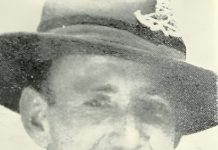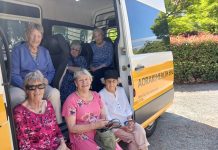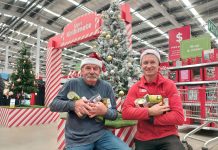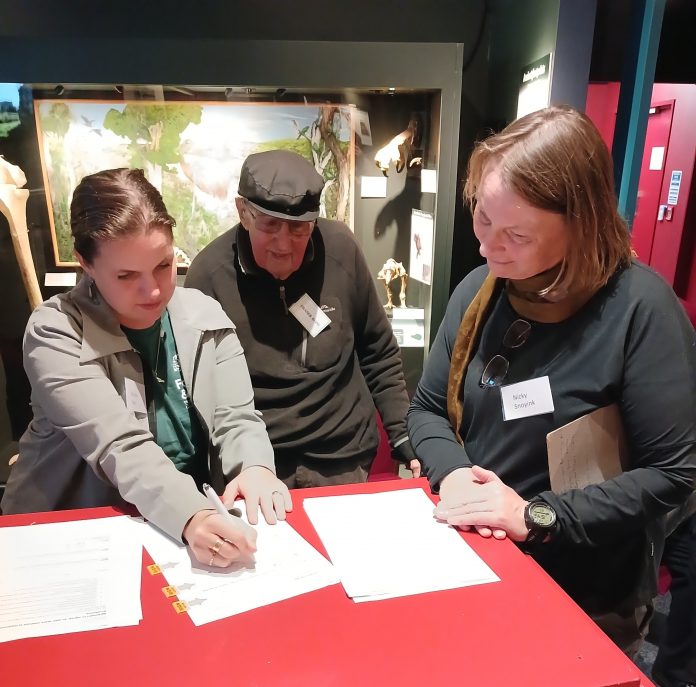
Exactly 50 years since a windstorm wreaked havoc on Arowhenua Bush, ongoing efforts to restore the native bush ecosystem have been protected in perpetuity.
On Friday, August 1 — the anniversary of the 1975 windstorm — representatives from the Royal Forest and Bird Protection Society of New Zealand, the QEII National Trust, property owners and other supporters gathered at the South Canterbury Museum to witness the signing of a QEII Covenant, and celebrate the efforts of those who had spent half a century restoring the bush.
Forest and Bird South Canterbury branch member John Talbot said that 50 years ago, the little patch of remnant bush was severely damaged, and it seemed like it was all over.
‘‘The purpose of coming together today is to celebrate the efforts, the mahi, the assistance that’s gone into Arowhenua Bush and to finally commit to permanent legal protection of this special place.’’
Mr Talbot credited Fraser Ross as being one of the key people in the restoration efforts — ‘‘this young, energetic, knowledgeable young man, who was already the field officer for the local branch of Forest and Bird.’’
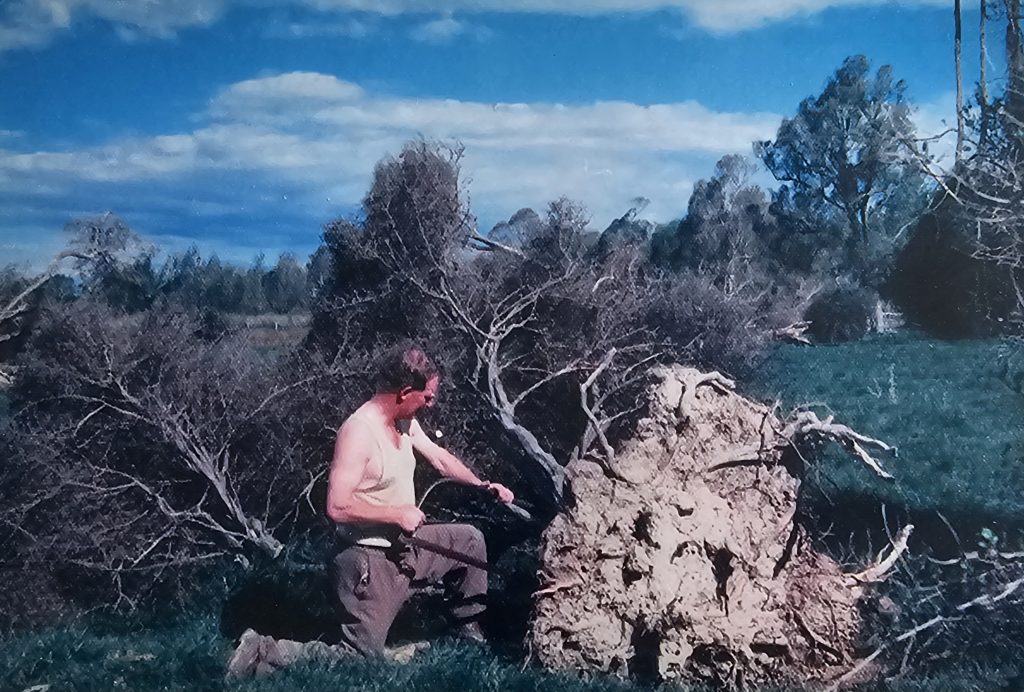
Mr Ross said that after the storm, it was reported that 90% of the trees in the bush had been blown over.
‘‘When I came out, I saw the utter destruction of fallen trees all around the bush. There were two nice matai trees that were blown over, and that really upset me to see such magnificent young trees fallen.’’
Mr Ross said little was known about the bush, so a University of Canterbury botanist came to do an initial survey of plant species, and the process of cleaning up, rescuing plant life, growing and transplanting seedlings began.
The property owner at the time, Ray Lyon, had been very supportive, and was part of the efforts, Mr Ross said.
The bush was identified as a Significant Natural Area by the Timaru District Council in 2008, and Forest and Bird was eventually able to raise sufficient funds to purchase the bush, which would now be protected by the covenant.
‘‘Looking back, I’m pleased that we gave it a go.’’
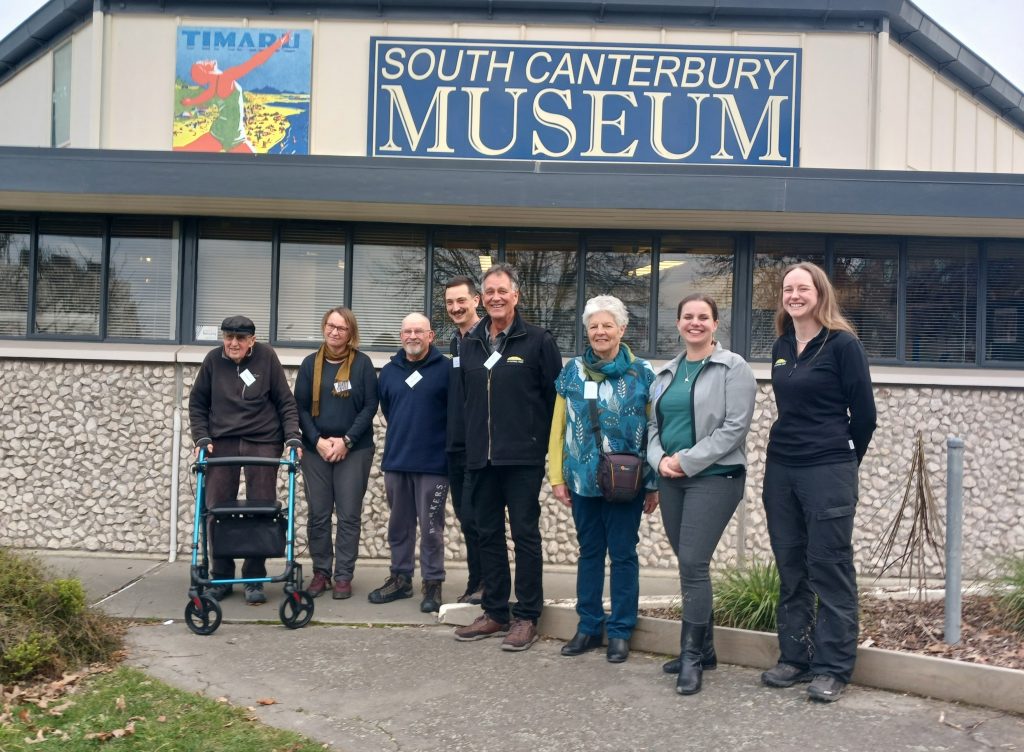
QEII Trust land protection adviser Jamie Pearson said this was the most exciting project she had worked on.
Growing up in Pleasant Point and attending Opihi College, she was familiar with the bush, and while there were 10 covenants on land owned by Forest and Bird, this would be the first in the South Island.
‘‘Every covenant is very complex and unique. I’m so proud to be part of this project, I acknowledge the efforts so far, and look forward to the future.’’
Forest and Bird chief executive Nicola Toki acknowledged the efforts of Mr Ross and the local branch of Forest and Bird, and said it was not lost on her how important Arowhenua Bush was in terms of biodiversity on the Canterbury Plains.
‘‘I am a big fan of being able to demonstrate hope and action. It’s really important for people to see what can be done, it’s about having a vision and then leaning into it with all of your might, and moving towards that vision and Fraser Ross, you have demonstrated that in spades.’’
Ms Toki said she had visited the bush earlier in the day.
‘‘What a place, and what a special, special gift for the community.
‘‘All is not lost — if you give nature a chance, she will come back. I couldn’t be more proud to be part of today.’’


